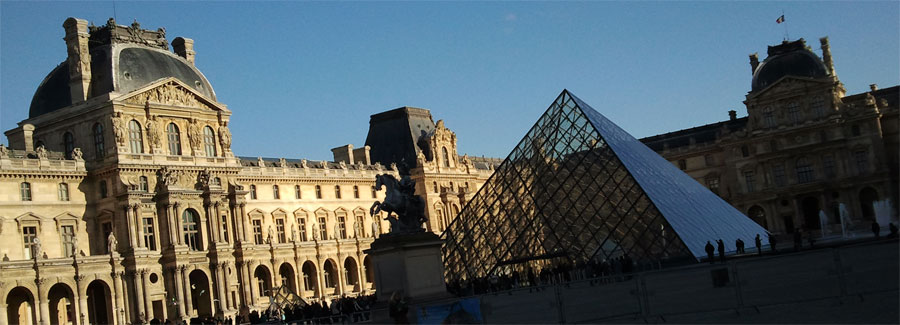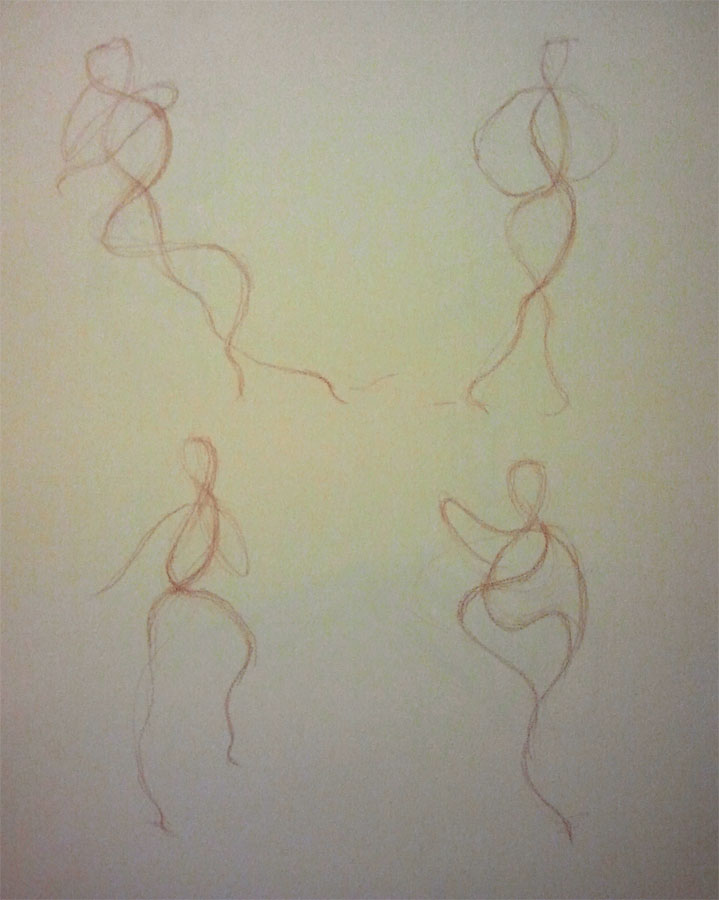I’ve just returned from three weeks in Paris, living in the Louvre – well, visiting daily for a few weeks. It was truly incredible.
I kept catching myself walking around with an enormous grin.

Vastness
For those who have never visited the Louvre (do go), it is jaw dropping.
Or if you may like to see my drawings from the Louvre.
Winter in Paris
I attended Studio Escalier‘s Winter in Paris drawing programme which was something of a revelation.
We drew from a model every morning and from sculpture or paintings in the Louvre in the afternoons.
The most fascinating aspect of the course was the focus on the relationship between the drawing practice and the ideas on which it is founded. For me contextualising the drawing practice makes it more meaningful, as a practice and as an artist. It provides an incredibly expansive intellectual space to explore ideas which extend as far beyond the visual as well as an imaginative space in which to situate the drawing and interact with it in more spatial, sculptural and emotional ways.
Movement
Much of the initial focus was on creating movement in our figure drawings using inner movement curves. They may look crazy but they really work.

I was very surprised by the immediate positive impact they had on my drawing. Specifically proportions, which I often struggle with, as well as my ability to assess and convey the gesture of the pose quickly and accurately. I was delighted that such an apparently simple approach improved not only my drawing but also my ability to conceptualise the pose three dimensionally from the outset. This aspect was also useful later in the drawing process when the curves were used in modelling; explaining the relationship between light and form.
Intellectual and Emotional Art History
The drawing practice taught at Studio Escalier refers to teachings from many eras, from ancient Greece onwards, providing ideas that are both deeply resonant and well grounded. It is an astonishing feat, not just intellectually but holistically – as it manages to be simultaneously rigorous and very humane.
I was surprised and delighted to find that differences I had previously understood as stylistic explained in terms of their underlying principles and conflicting ideologies. A deeper level of understanding that made much more sense.
Integrative intuitive
On a really fundamental level this course gave me a way to integrate the intuitive and emotional dimensions of drawing with tactile and visual and sculptural facilities in a way that (I think, in time) will allow me to use them as tools of expression and understanding.
